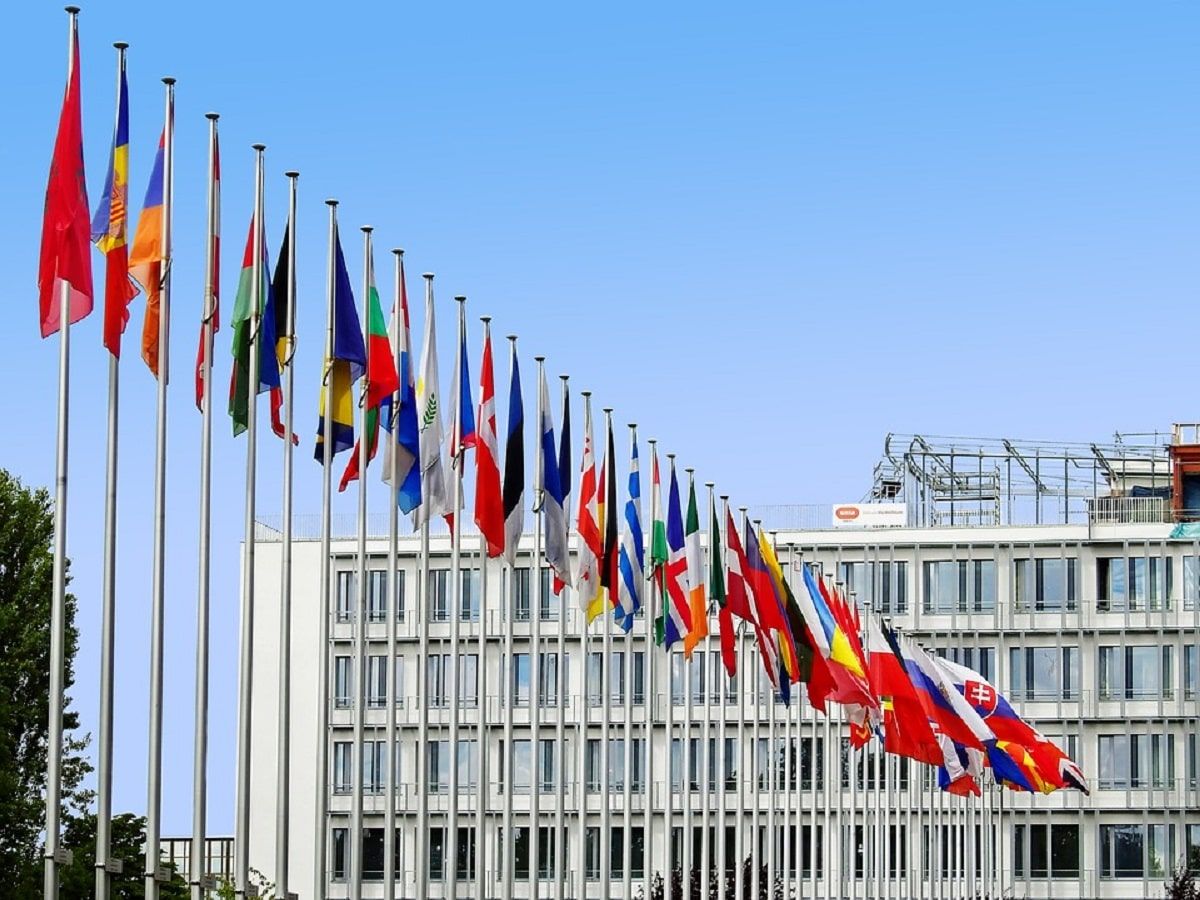
EMCDDA And Europol Release 2023 EU Cannabis Market Analysis

EMCDDA And Europol Release 2023 EU Cannabis Market Analysis
The European Monitoring Centre for Drugs and Drug Addiction (EMCDDA) recently published an analysis, ‘EU Drug Market: Cannabis.’ The analysis details consumption rates, production, seizures by law enforcement, how Europe’s cannabis market compares to other regions, and other key findings. The analysis was produced in conjunction with Europol.
EMCDDA is an agency of the European Union located in Lisbon, Portugal, and was established in 1993. Europol, officially the European Union Agency for Law Enforcement Cooperation, is the law enforcement agency of the European Union.
The analysis reports that “about 84 million adults (aged 15-64)” have consumed cannabis at some point in their lives and “22.6 million have used it in the last year.” For context, Worldmeter estimates that there are roughly 742 million people in Europe.
“The illicit cannabis retail market remains the largest drug market in the EU and most of the herbal cannabis detected in the EU appears to be cultivated in the EU.” the report’s authors stated.
“The minimum estimated annual value of this market in the EU is EUR 11.4 billion. Herbal cannabis represents roughly 77 % of the market value (with an estimated value of at least EUR 8.8 billion, equivalent to about 1 028 tonnes), while cannabis resin accounts for close to 23 % (with an estimated value of at least EUR 2.6 billion, equivalent to about 362 tonnes).” the authors also stated.
Europe’s legal cannabis market is still developing, with the legal industry currently being based on medical cannabis product sales and low-THC cannabis product sales. Low-THC products are often referred to as ‘cannabis light’ in Europe.
As of the publishing of the EU Drug Market: Cannabis report, only two nations in Europe have passed a national adult-use legalization measure, neither of which permits nationwide commercial sales, such as what is found in Canada and Uruguay.
Malta passed a national measure in late 2021 that legalized personal cultivation, possession, and consumption, in addition to permitting the operation of noncommercial cannabis clubs. Luxembourg passed an adult-use measure earlier this year, however, only cultivation, possession, and consumption are permitted, and even possession can still result in a fine in certain instances.
“Spain is among the key EU countries where cannabis is illicitly produced, accounting for 75 % of the total number of cannabis plants seized in 2021.” the report stated. “Spain is also the key EU entry point for cannabis resin coming from Morocco, as seen in the large quantity of resin seized annually, amounting to more than 650 tonnes in 2021.
“In 2021, seized quantities of herbal cannabis and cannabis resin in the EU reached their highest levels in a decade, at 256 tonnes and 816 tonnes respectively. In addition, over 4.3 million cannabis plants were seized in the EU in 2021.” the report also stated.
The report touched on the environmental impact of the unregulated cannabis industry in Europe, largely due to indoor cultivation facilities trying to avoid detection by authorities. The report’s authors estimate that “the carbon footprint of indoor cultivation has been estimated to be 16 to 100 times higher than outdoor cultivation.”
“A large share of the cases involving violence between criminals in recent years has been connected to the cannabis market. The diversity and the profitability of the business has led to violent confrontations between groups.” the EU Drug Market: Cannabis report stated.
The EU report indicated that “heterogeneity” in approaches to cannabis policy modernization in Europe could lead to larger issues for law enforcement. However, a study in 2021 involving data from legal markets in the United States found that heterogeneity in policy approaches resulted in an “underestimated” effect of reform’s impact on crime.
“We estimate significant reductions in violent crime rates in states that legalize medicinal marijuana. Moreover, we find evidence that ending marijuana prohibition results in larger reductions in violent crime rates in states that border Mexico and in urban counties. We also find evidence that medical marijuana legalization reduces property crimes, with larger reductions in states that border Mexico.” the 2021 study’s authors stated.
Furthermore, data from Canada’s legal market (2022 Canadian Cannabis Survey) indicates that consumers transitioned away from unregulated sources, with “legal storefronts being the most common source since 2019.”
Share article
Ticket Prices increase
JANUARY 28

Ticket Prices increase
JANUARY 28

Join Our Awesome Community
Join Our Awesome Community
Join Our Awesome
Community
Get all the latest industry news
delivered to your inbox







